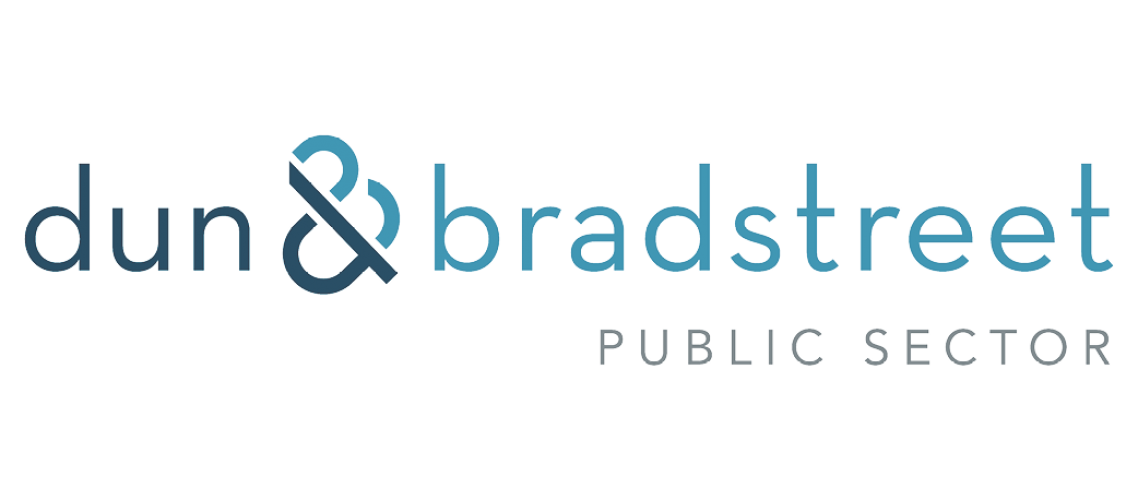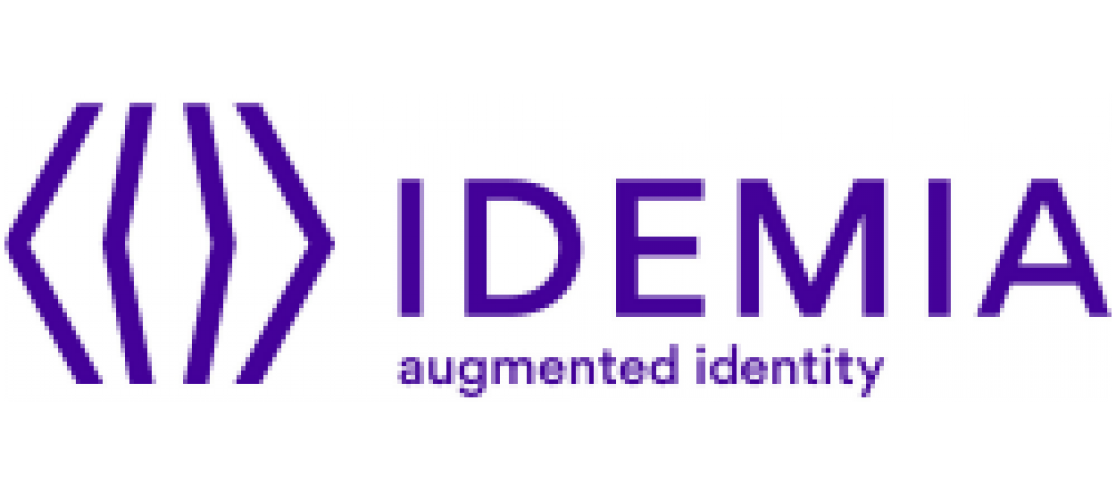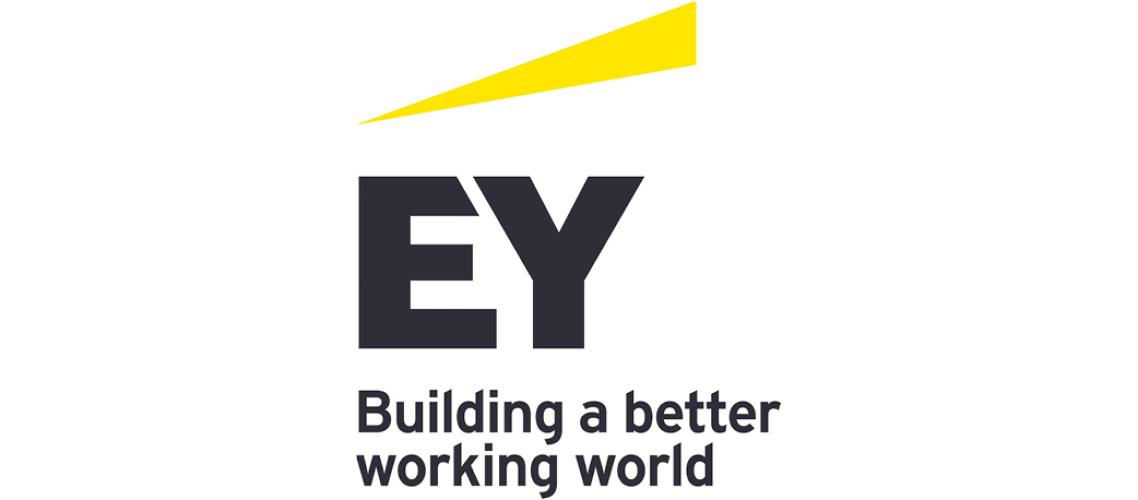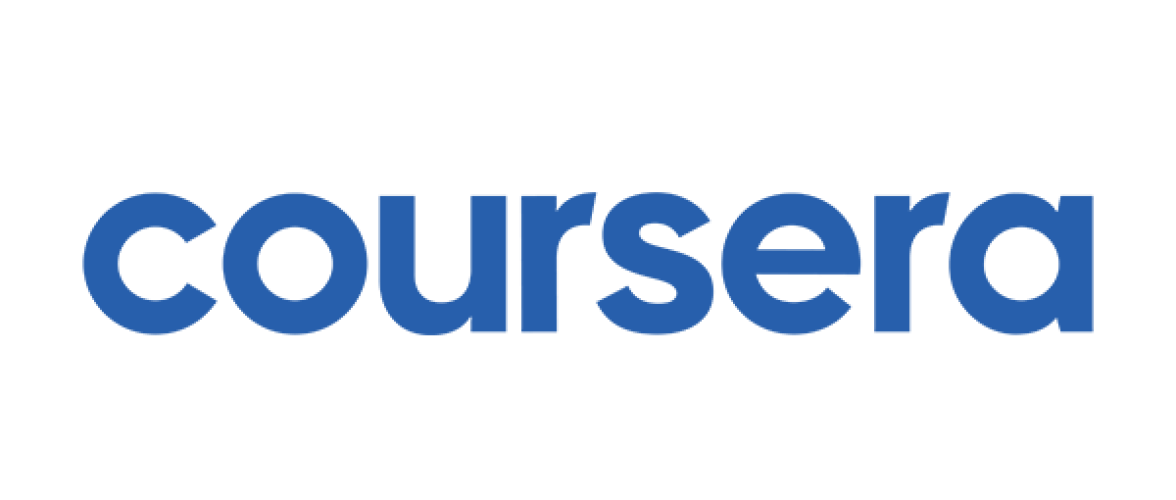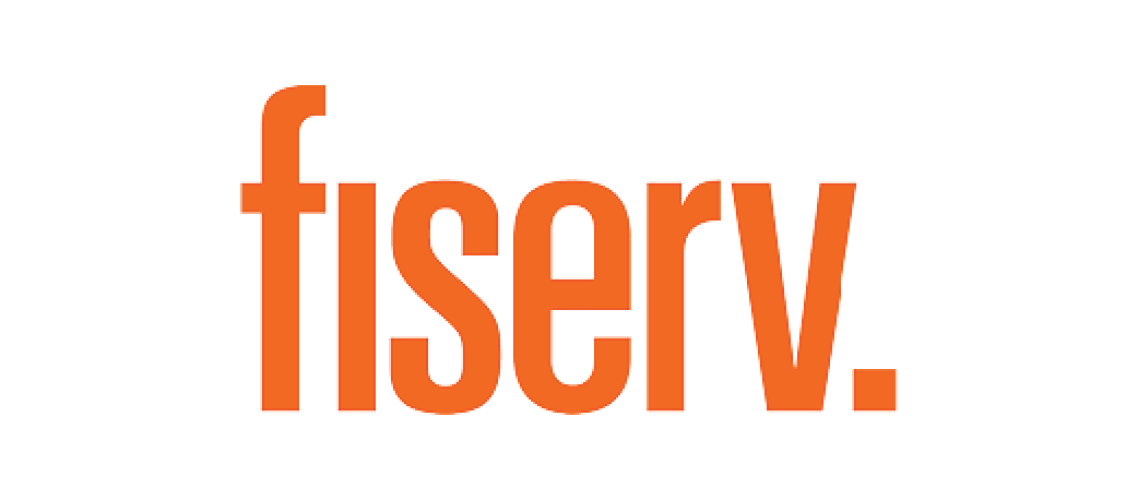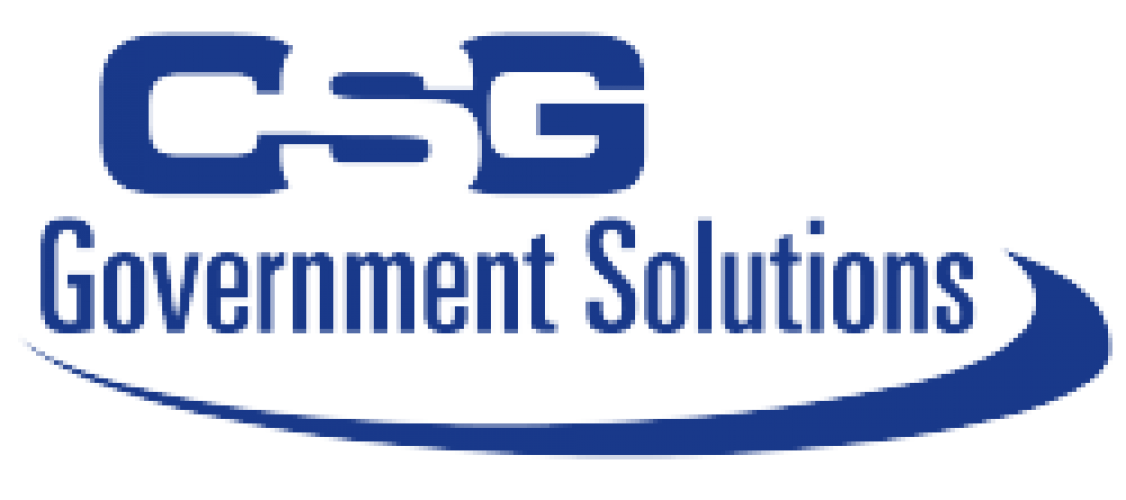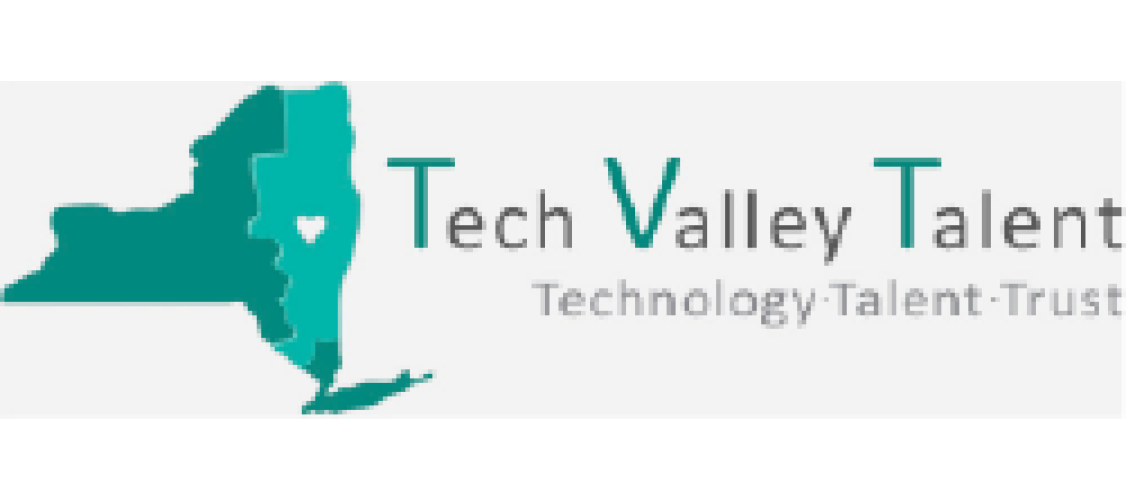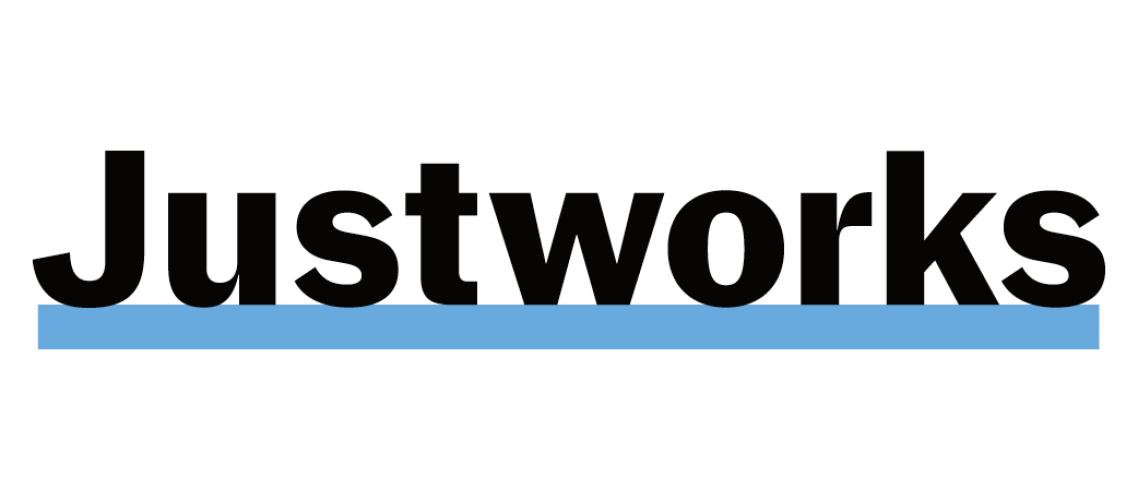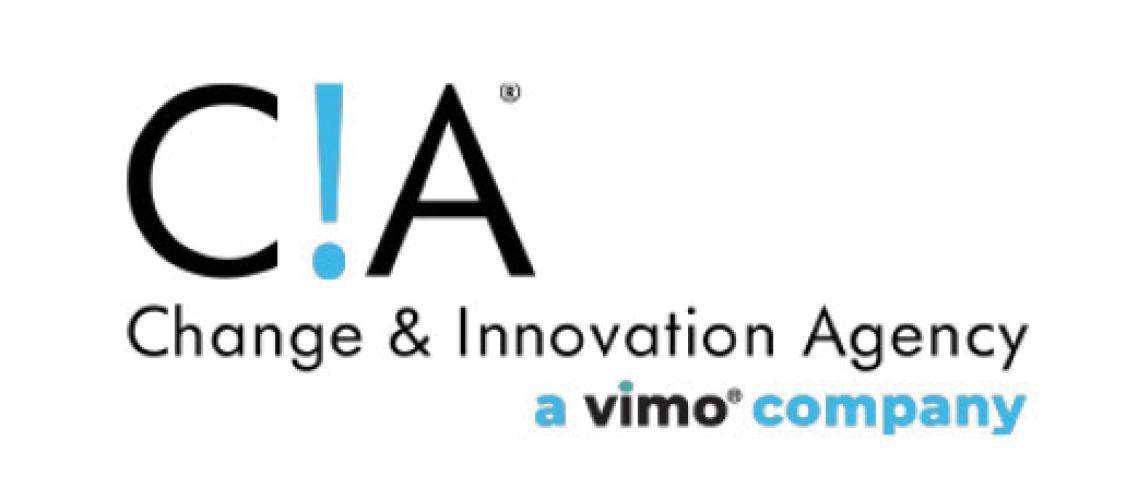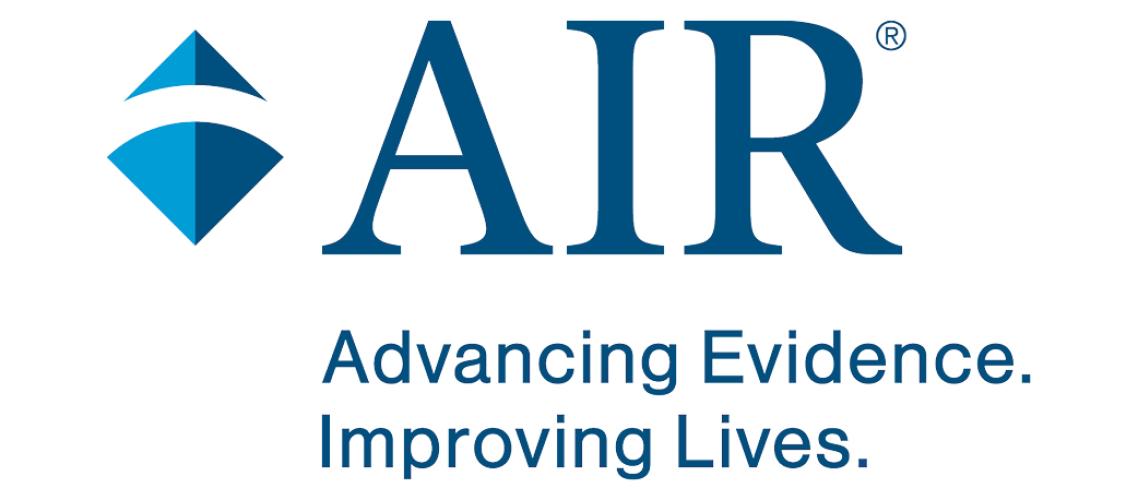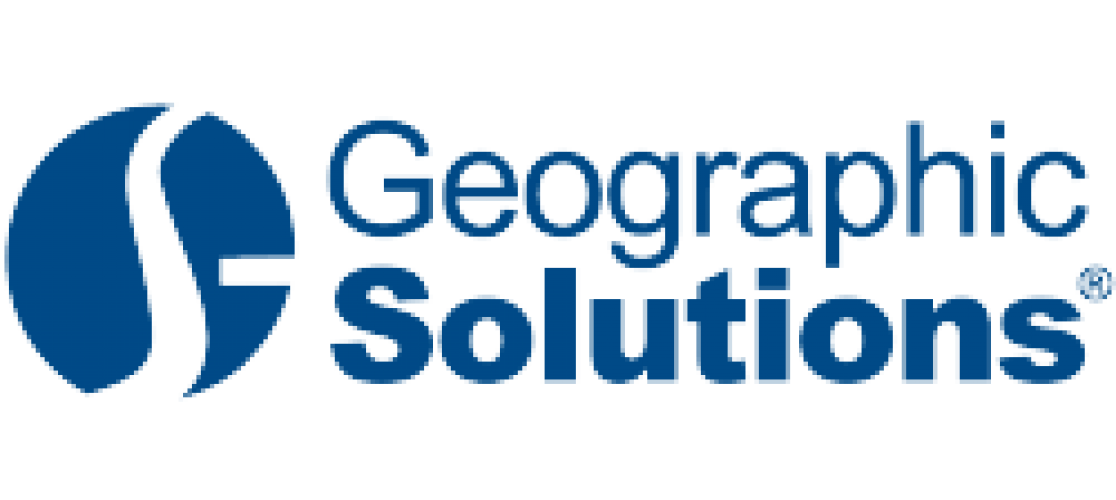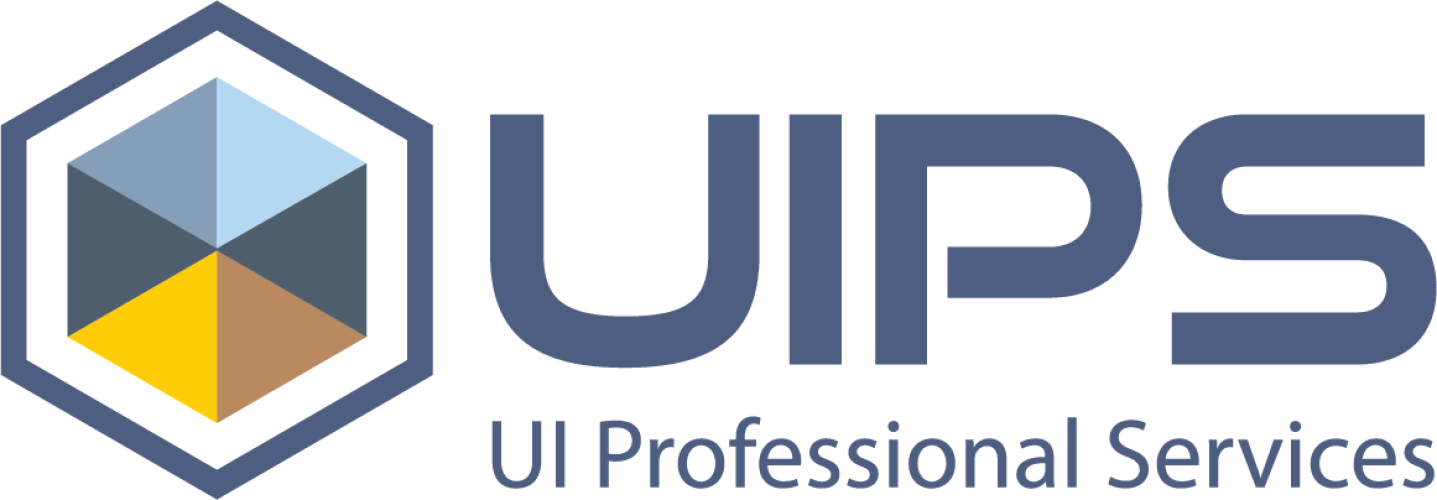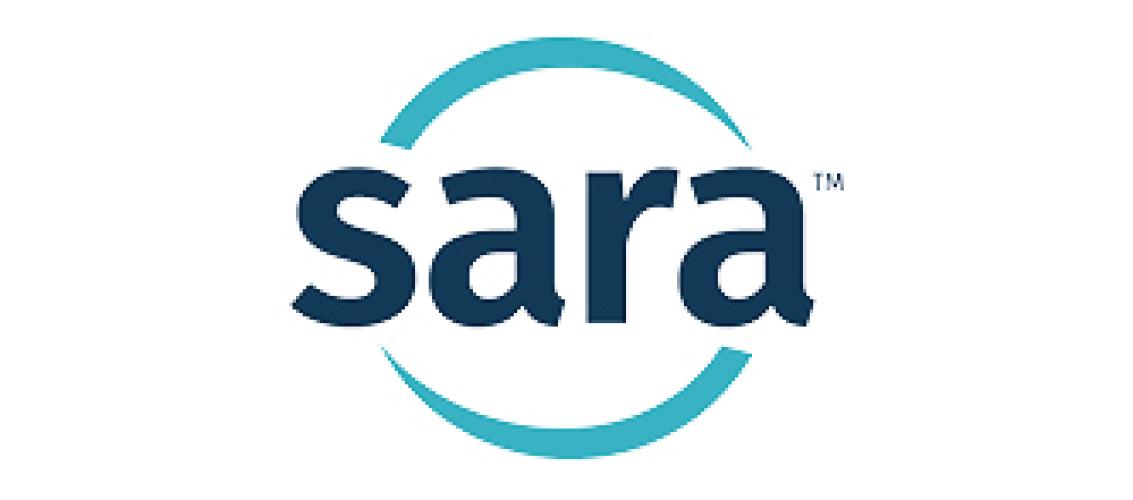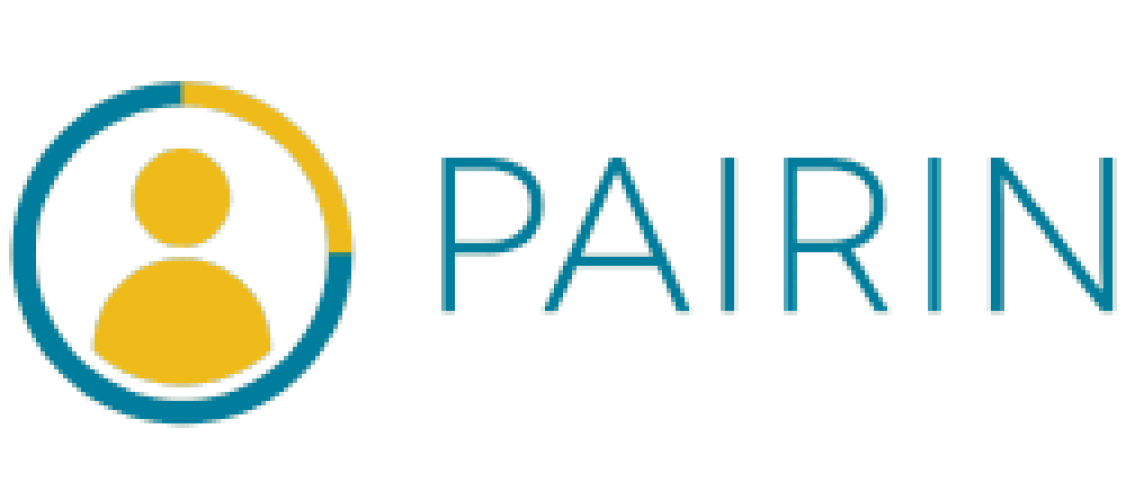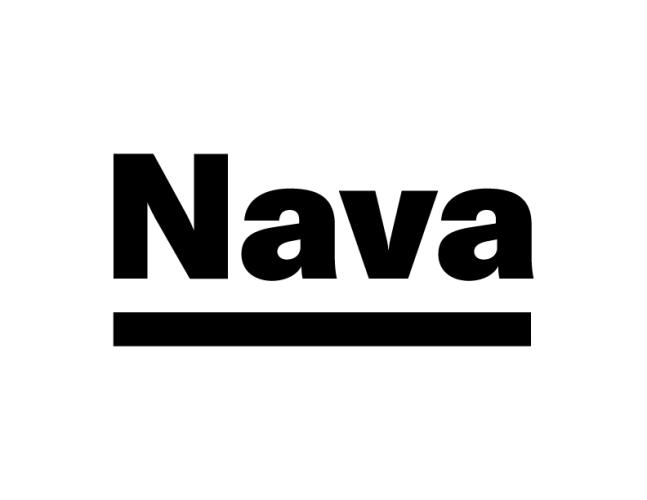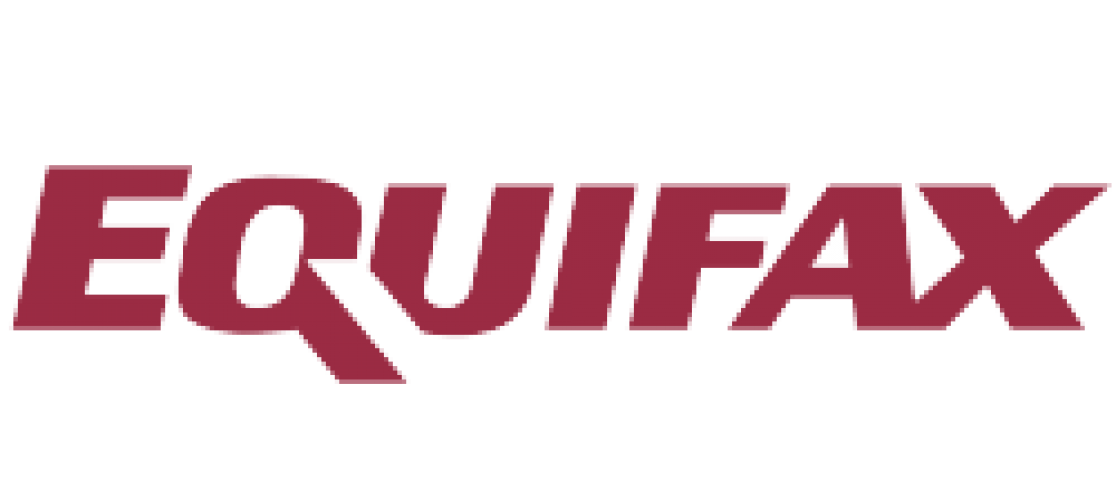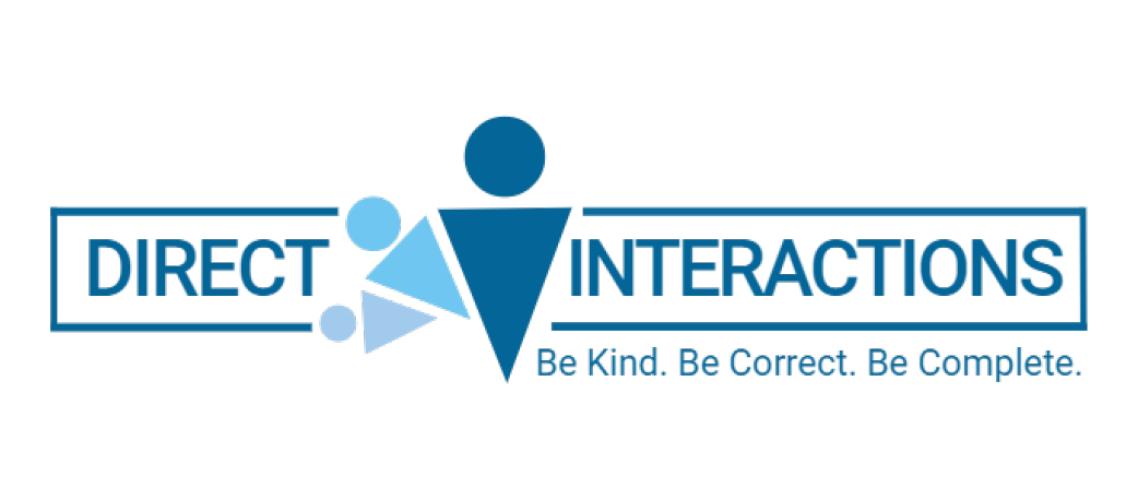NASWA Letter to House Committee on Veterans Affairs Economic Opportunity Subcommittee
The Honorable Derrick Van Orden
Chair
Economic Opportunity Subcommittee
Veterans Affairs Committee
U.S. House of Representatives
1513 Longworth House Office Building
Washington DC 20515
The Honorable Mike Levin
Ranking Member
Economic Opportunity Subcommittee
Veterans Affairs Committee
U.S. House of Representatives
2352 Rayburn House Office Building
Washington DC 20515
Dear Chair Van Orden and Ranking Member Levin,
On behalf of the National Association of State Workforce Agencies (NASWA), we write to express our concerns with HR 5913 – “To amend title 38, United States Code, to improve employment services for Veterans by consolidating various programs in the Department of Veterans Affairs, and for other purposes” that would move Veteran employment functions from the U.S. Department of Labor Veterans Employment and Training Services (USDOL VETS) to the Department of Veterans Affairs (VA).
As a non-partisan organization whose members consist of the workforce agencies in all 50 states, the District of Columbia, and U.S. territories, NASWA brings a unique and diverse perspective to the challenges facing our nation’s workforce. Our members are on the frontlines of service delivery for a range of workforce development programming, of which Veterans employment and training services is a central component. Our membership includes Jobs for Veterans State Grant coordinators and staff from the 50 states, Guam, Puerto Rico, the US Virgin Islands, and the District of Columbia.
We are concerned that HR 5913 would move the Jobs for Veterans State Grant out of USDOL VETS to the VA. NASWA believes it is critical to maintain and safeguard the vital role of Veterans’ programs in the workforce development system. The state workforce system is best suited to serve Veterans, transitioning service members, and military spouses because of its alignment and integration of employment and career services, and access to other state and federal workforce programs found in the American Job Centers (AJC). This includes serving Veterans facing significant barriers to workforce re-entry while avoiding duplication of federal job training, education, and human resource programs.
As written, HR 5913 significantly changes the current service delivery system by having employers connect Veterans with good career opportunities and providing intensive services to Veterans with Significant Barriers to Employment (SBEs). This work is currently performed by specially trained staff known as Local Veteran Employment Representatives (LVERs) and Disabled Veteran Outreach Program specialists (DVOPs). As written, the bill combines these functions into one position, the “Veteran Employment Specialist,” diluting the targeted approach and expertise the current model provides. A few states do currently have consolidated positions, but those are often in rural areas to provide program efficiency, and are the exception, not the rule, based upon the needs and discretion of the state.
The bill leaves many questions unanswered as to how Veterans would receive services, which state agency would deliver those services and where, and how funding allocations would be determined. There is also an expectation that the VA would enter into memorandums of agreement with each state. This requirement places an additional burden on our members, since no such requirement exists under the current model.
Today, Veterans, transitioning service members (TSMs) and their spouses have access to a wide variety of employment and training services through each state’s one-stop center system, which are part of the AJC network. This integrated approach to service delivery affords Veterans access to employment and re-employment opportunities, resume assistance, training, case management, job search assistance workshops, unemployment insurance, Workforce Innovation and Opportunity Act (WIOA) training dollars, the Work Opportunity Tax Credit certification, public assistance, supportive services, and numerous partner services at one location – regardless of disability, educational level, economic status or employment barrier.
The current model allows for co-enrollment in multiple programs to provide access to services based on the Veteran’s need. All AJC staff – not just the DVOPs and LVERs – are also responsible for ensuring Priority of Service is provided to Veterans for all USDOL funded employment and training programs such as the Workforce Innovation and Opportunity Act (WIOA) administered by the USDOL Employment and Training Administration.
Under current federal law, separating service members and military spouses generally qualify as dislocated workers and can receive help entering or reentering the workforce under WIOA. In addition, WIOA expanded the definition of dislocated workers to include military spouses who lost employment as a direct result of a relocation to accommodate a permanent change in the service member’s duty station. However, access to WIOA funding and assistance is only available to these affected individuals through the AJC.
If changes to this integrated service delivery model described above were made, they would be disruptive and costly to the public workforce system customers and staff, and to partner affiliations. Changes could require the creation of new and costly and duplicative new reporting or data management systems, development of new data sharing agreements, and a change in the collection of performance metrics.
A host of other concerns exist, as this bill would result in a fragmented service delivery model that would not benefit Veterans, employers or taxpayers, and create barriers for Veterans seeking assistance in their transition to civilian life.
We express our opposition to HR 5913 as currently written. NASWA stands ready to work with the Committee to make improvements to the bill to enhance and improve services for Veterans.
Sincerely,
Michael Harrington
NASWA Board Chair
Commissioner, Vermont Department of Labor
Scott B. Sanders
President & CEO
NASWA

